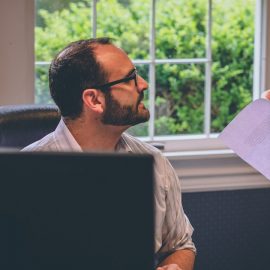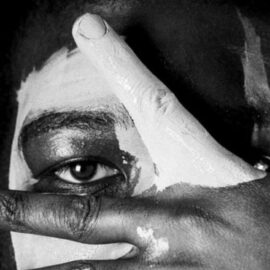

This article is an excerpt from the Shortform book guide to "Poor Charlie's Almanack" by Charles T. Munger. Shortform has the world's best summaries and analyses of books you should be reading.
Like this article? Sign up for a free trial here .
What is the liking bias? How do you correct this tendency?
The liking bias is the inclination to be emotionally attached to objects of affection (including humans and things) to the point where real faults and problems are ignored. You can correct this bias by inverting your opinion of your object of affection to see all the ways that person is unlikable.
Read on to learn more about the liking bias.
What It Is
Humans tend to like and love things and people. In particular, they have an affinity for their mothers, much like goslings attach to whatever is there at birth.
When you have an object of affection, you tend to ignore their faults and comply with their wishes. You like people, products, and actions that are associated with your object of affection.
This also works in reverse—a quality you admire in someone intensifies the feeling of liking and loving that person. This can build extreme feedback loops—you might naturally like someone, then you like their character traits, which in turn intensifies your admiration for that person and ignorance of their faults.
In return, people like being liked and loved.
Why It Evolved
As a child, being emotionally attached to your parents promotes your learning and safety.
More broadly, the liking bias evolved because people who like each other tend to stick together, thus promoting social cohesion and cooperation.
How It Can Be Harmful
If you like someone or something enough, you can ignore its real faults and problems.
In extreme cases, your affection for something can be so strong that you harm yourself to attain what you love.
The liking bias can make you pursue paths that make other people admire you, rather than the optimal choice for yourself. This includes making popular but wrong decisions as a manager, or pursuing a respectable career path that you dislike.
Examples of the Liking Bias
- Advertising famously associates products with popular figures. If we like the people in the advertisement, then we transfer some of that affection to the product.
- Warren and Charlie both liked Warren’s uncle, Fred Buffett, the grocery store owner they both worked for as children. In turn, they appreciated his character traits, like his work ethic, and adopted the traits for themselves.
Antidotes
To correct for the liking bias when considering something else, invert—what do you dislike most about the object of your affection? What are all the ways a person is unlikable?
To correct for your own desire to be liked, explicitly recognize your desire to be liked, and control for that in your decision-making.
For society in general, put good, admirable people in situations where people are prone to like or love, like teaching.

———End of Preview———
Like what you just read? Read the rest of the world's best book summary and analysis of Charles T. Munger's "Poor Charlie's Almanack" at Shortform .
Here's what you'll find in our full Poor Charlie's Almanack summary :
- A collection of Charlie Munger’s best advice given over 30 years
- Why you need to know what you’re good at and what you’re bad at to make decisions
- Descriptions of the 25 psychological biases that distort how you see the world






